When you want something comforting, savory, and just a little spicy, you can’t go wrong with some form of
curry. The robust flavor of a curry sauce acts as the perfect base for virtually any protein or vegetable. In this recipe, a variety of vegetables takes center stage alongside a creamy Thai-style curry. We promise you won’t even miss the meat.
Curry origin stories:
Curry comes with a long, vast, and complicated history with offshoots in nearly every corner of the world. You can find curries in the Caribbean, Japan, Southeast Asia, and across the Indian subcontinent (although the term is not used in South Asia). Scholars argue that the origins of the term date back to the 16th century, where European imperialists adapted and mislabeled Indian flavors and culinary traditions. The types of curries you can find virtually everywhere else have at least some connection to this origin story.
With Thai-style curries in particular, that connection comes by way of the spice trade, where traders from India and Buddhist missionaries introduced aromatics like lemongrass and tamarind. Over time, these aromatics gained some spice from Portuguese hot peppers and other savory seasonings like shrimp paste to form the base of the Thai curry we know today, also known as kaeng.
There are countless flavor combinations and recipes for Thai-style curry, but we can thank the Thai government’s 2002 culinary diplomacy initiative for organizing many of the dishes by color (red, green, yellow, etc.). It’s not necessarily an accurate or extensive way to categorize the nation’s many curry styles. But they are definitely still delicious.
The curry paste:
This dish gets the majority of its flavor from Thai-style red curry paste. This seasoning paste is typically made with chili peppers and aromatics like shallots, lemongrass, galangal, and makrut lime. The most widely available brand is McCormick-owned brand Thai Kitchen, but its flavor is extremely muted. Instead, we strongly recommend going out of your way to buy a curry paste imported from Thailand.
That means you may have to order your curry paste online or visit an international grocery store, but hear us out. Imported curry paste tastes infinitely better than what you’d ever be able to accomplish with Thai Kitchen’s version. It costs a fraction of the price per ounce too—and since you’ll also need to use less of it in this recipe, it’s surprisingly the more economical choice. As a bonus: You can save the extra curry paste to flavor other recipes (red curry chicken thighs, anyone?).
Our favorite brands are Aroy-D and Mae Ploy—but a fair warning to those with dietary restrictions or allergies: The latter contains shrimp paste. Depending on the brand you buy and your personal spice tolerance, we recommend using 3 to 4 tablespoons of curry paste from Thailand. If you are using Thai Kitchen’s curry paste instead, you should use the entire 4-ounce jar (and you’ll still probably need to add the optional soy sauce or fish sauce anyway).
The vegetables:
This recipe features a variety of vegetables that bring their own unique colors and textures to the table. But you’re more than welcome to add or swap in your favorites. We could also see this curry taste delicious with eggplant, pumpkin, snow peas, or bamboo shoots. Just keep in mind that not every vegetable cooks at the same rate—so make sure to incorporate firmer vegetables at the beginning and save your more delicate ones for the end. Want your curry to have more heft? You’re also welcome to add cubes of tofu (make sure to put it in the pot with the firm vegetables so it has more time to absorb all of that savory, aromatic flavor).
Did you try making this? Let us know how it went in the comments!

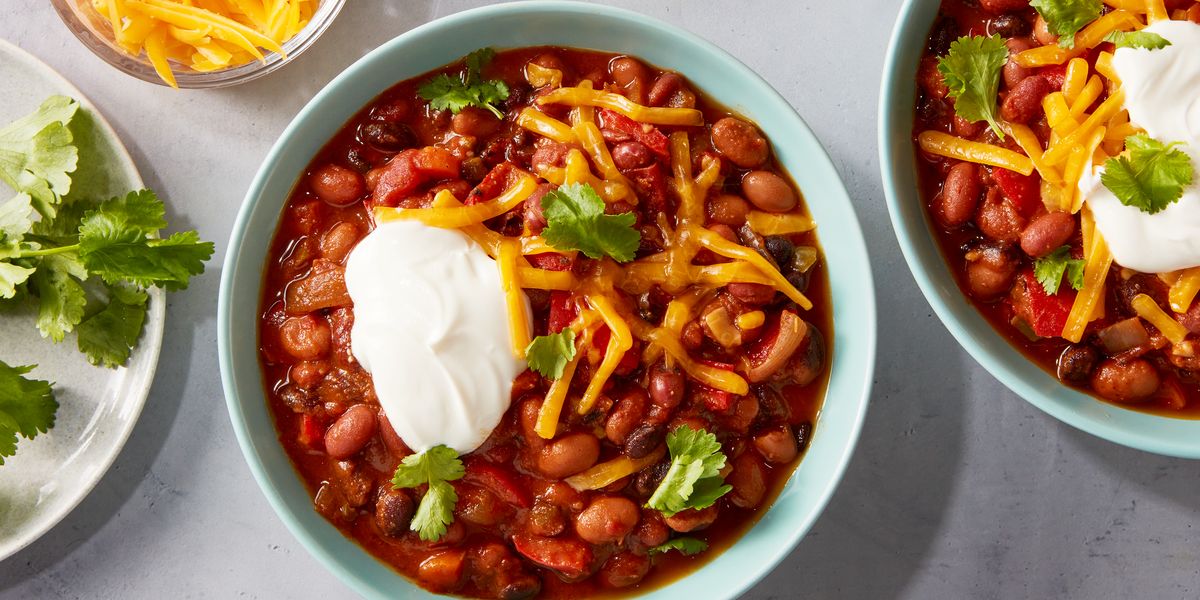

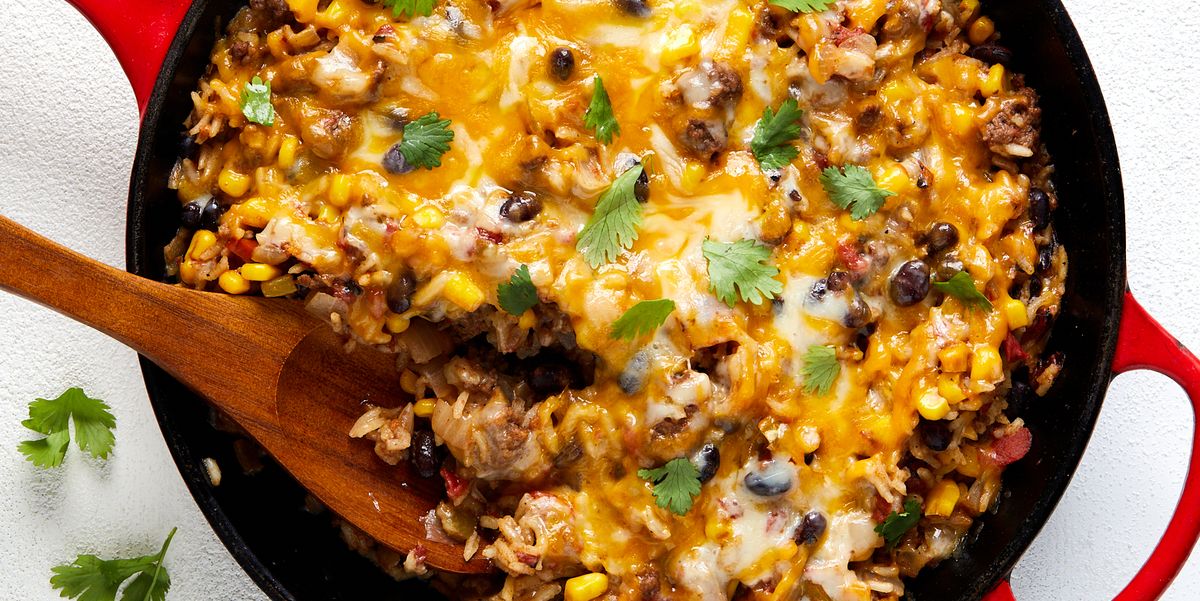
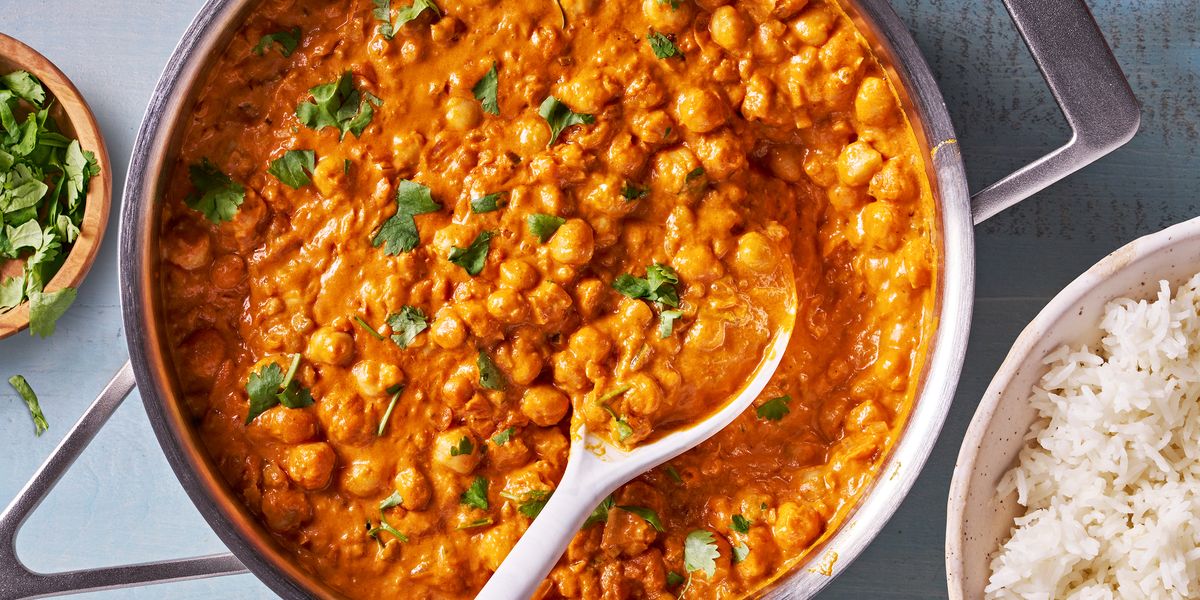





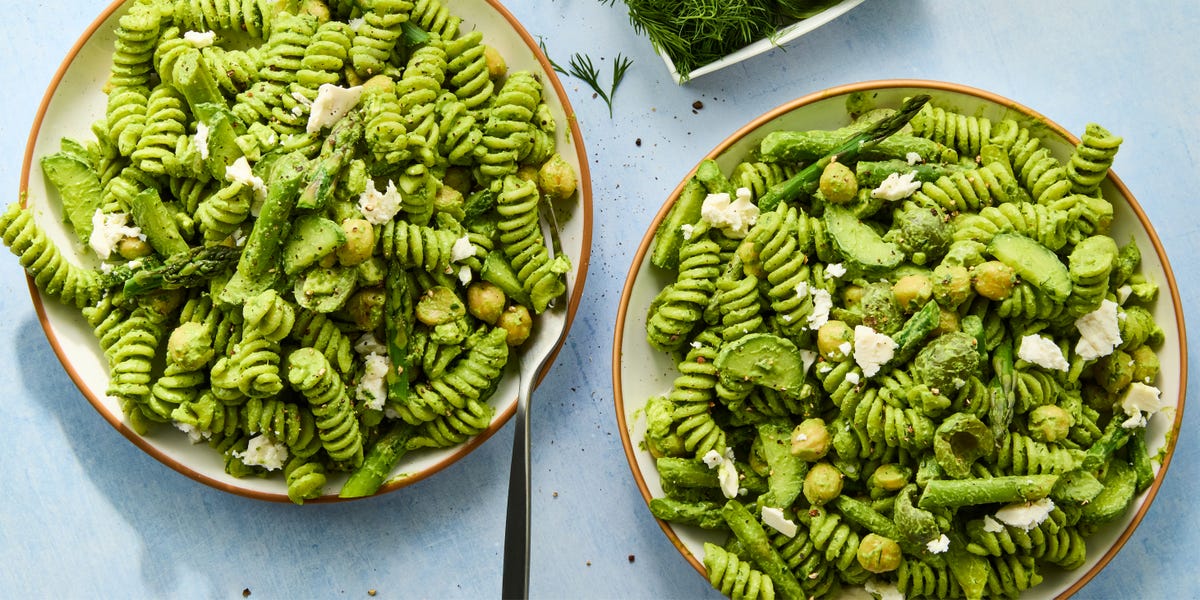


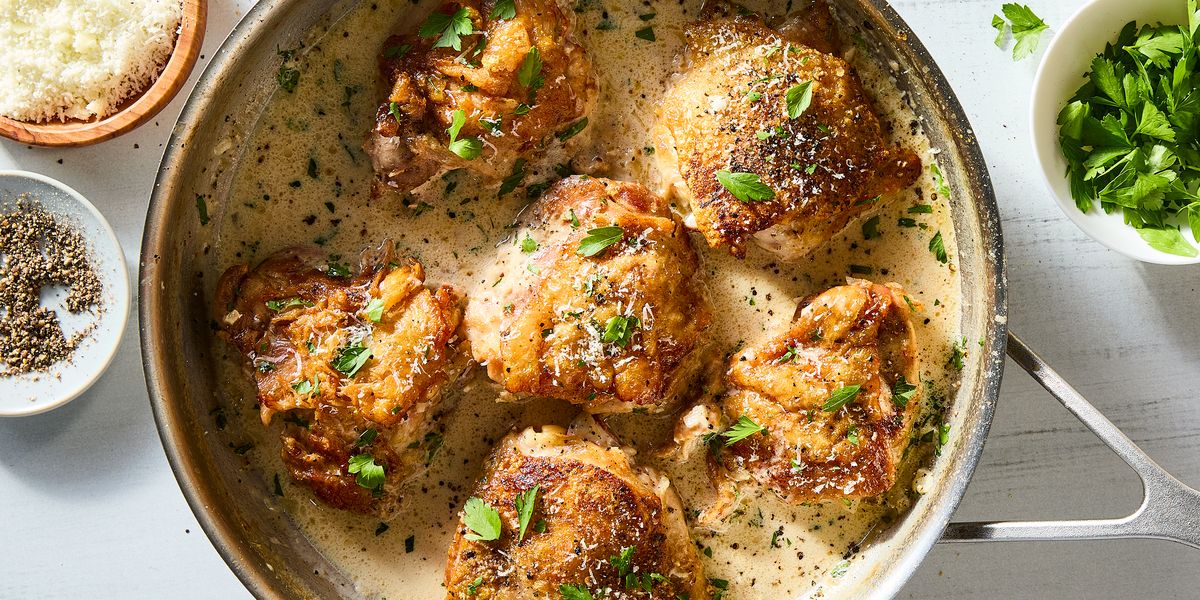

Leave a Reply